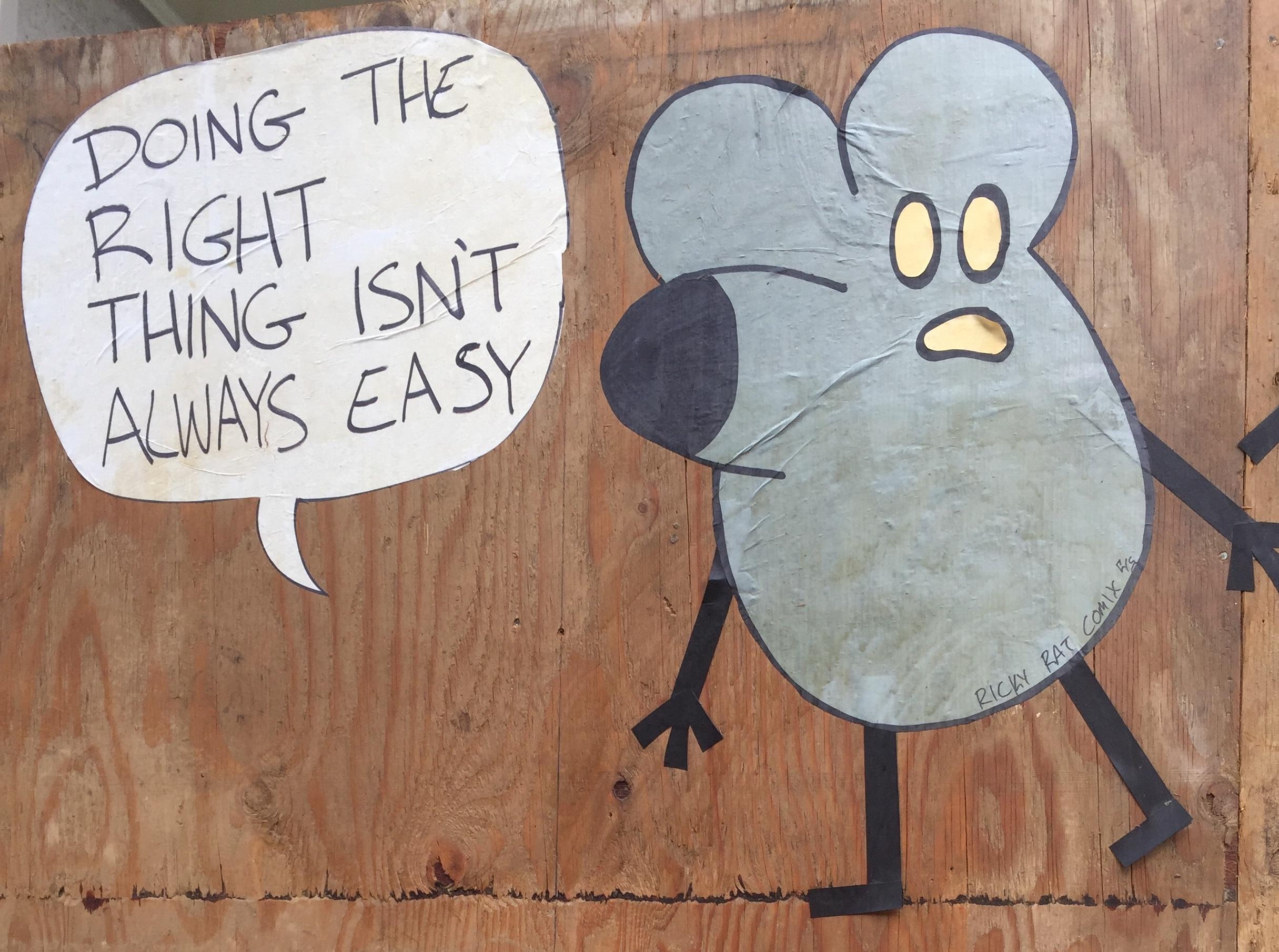Use Behavioral Science to Positively Frame Year-End Philanthropy
Are you framing your ask as an “annual appeal” or as “we only ask once a year?”
It matters, because people will account for how much they spend on usual annual giving differently than how much they’ll spend for exceptional, one-time occurrences.
A growing body of research in psychology and behavioral economics shows how you frame your ask can have a big difference in your fundraising results. Much of this has to do with how people mentally account for consumer ‘purchases’ — including charitable giving.
Researchers have found people don’t treat their money, time, effort or other resources as if they have one big pool of it. Rather, people have separate mental accounts.
When we spend resources we keep track of each expenditure based on the mental account it came from.
This has significant fundraising implications, so it’s important to delve further into this mental accounting principle. Especially this year, when you can legitimately frame your work as a response to exceptional times.
Details

 I’ve written in the past about why
I’ve written in the past about why 


 People are wired for stories
People are wired for stories
 To be a donor-centered fundraising expert, you must:
To be a donor-centered fundraising expert, you must:
 Hold the presses! If you haven’t yet sent your year-end fundraising appeal, you’ve time to give your message a once over.
Hold the presses! If you haven’t yet sent your year-end fundraising appeal, you’ve time to give your message a once over.
 Everyone is saying it.
Everyone is saying it.
